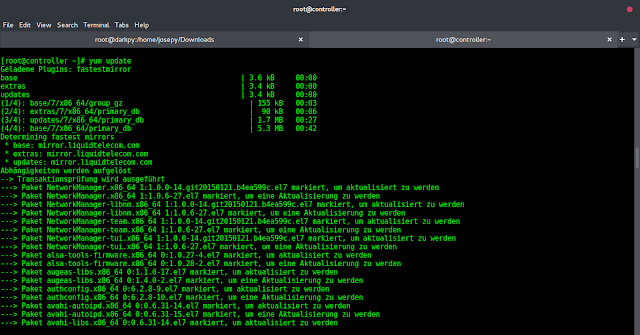The isLeapYear() method of java.time.chrono.ThaiBuddhistChronology class is used to differentiate between a leap year and a non leap year. If it is a leap year it will return true otherwise false.
Syntax:
public boolean isLeapYear(long prolepticYear)
Parameter: This method takes prolepticYear as a parameter for checking if it is a leap year or not.
Return Value: This method returns Boolean value true if the proleptic year is leap year otherwise false.
Below are the examples to illustrate the isLeapYear() method:
Example 1:
// Java program to demonstrate// isLeapYear() method import java.util.*;import java.io.*;import java.time.*;import java.time.chrono.*; public class GFG { public static void main(String[] argv) { // creating and initializing // ThaiBuddhistDate Object ThaiBuddhistDate hidate = ThaiBuddhistDate.now(); // getting ThaiBuddhistChronology // used in ThaiBuddhistDate ThaiBuddhistChronology crono = hidate.getChronology(); // getting id of this Chronology // by using isLeapYear() method boolean flag = crono.isLeapYear(2016); // display the result if (flag) System.out.println( "this is leap year"); else System.out.println( "this is non leap year"); }} |
this is non leap year
Example 2:
// Java program to demonstrate// isLeapYear() method import java.util.*;import java.io.*;import java.time.*;import java.time.chrono.*; public class GFG { public static void main(String[] argv) { // creating and initializing // ThaiBuddhistDate Object ThaiBuddhistDate hidate = ThaiBuddhistDate.now(); // getting ThaiBuddhistChronology // used in ThaiBuddhistDate ThaiBuddhistChronology crono = hidate.getChronology(); // getting id of this Chronology // by using isLeapYear() method boolean flag = crono.isLeapYear(2019); // display the result if (flag) System.out.println( "this is leap year"); else System.out.println( "this is non leap year"); }} |
this is leap year




